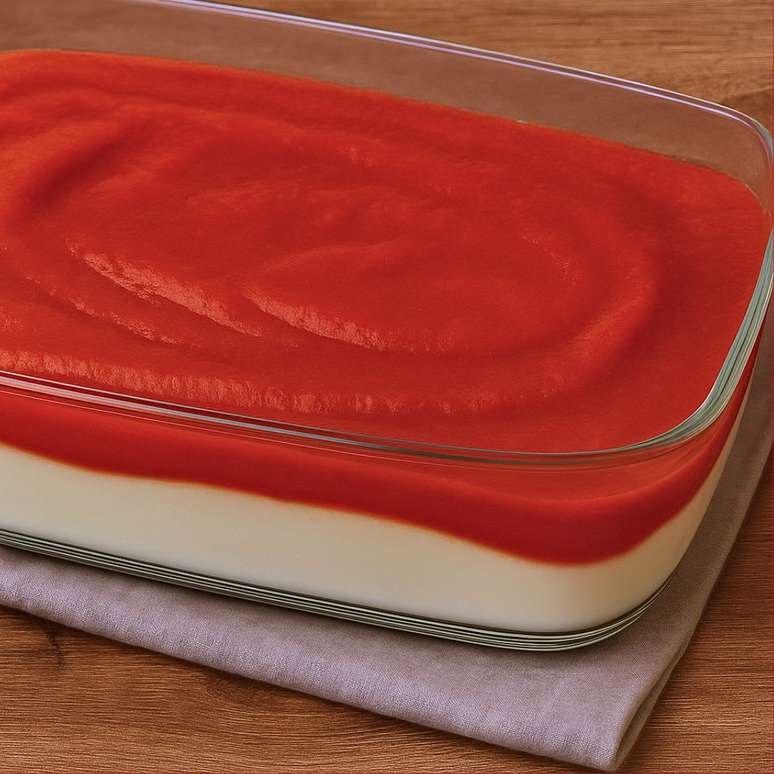Find out what the benefits are, how to use the substance correctly and if there are any health risks

In the not too distant past, some people believed it take creatine it was basically like using steroids and anabolic steroids. In fact, for a long time, Anvisa (National Health Surveillance Agency) even banned the sale of the substance in Brazil. The claim was that the product did not deliver what it promised and could still overload the kidneys and liver.
However, the lack of studies demonstrating these suspicions prompted the regulatory body to revert to the decision and ultimately allow the supplement to be used here. But what is creatine for anyway? Does it really help increase muscle mass or are its benefits not that relevant?
According to sports consultant Leandro Twin, “Creatine is very well known, very popular. It helps in the resynthesis of ADP into ATP – adenosine diphosphate into adenosine triphosphate”. This means that the supplement helps keep the body muscles active longer. For example, by increasing strength during weight training. And with more effective training, the trend is that your goal is achieved faster.
But those who think that only taking creatine to increase muscle mass are wrong. The hypertrophy process depends on a number of attitudes, which go beyond supplementation. You need to get a good workout, eat right – by ingesting the right amounts of proteins, carbohydrates and fats – and spending enough time on rest and tissue regeneration.
The act of taking creatine will “only” help your workout to be more effective. But if you don’t meet all of the other requirements for gaining muscle mass, it won’t do you much good.
how to take creatine
However, if you have already adopted the fitness lifestyle, don’t miss out on training, keep a good diet and want to increase your results, creatine is usually a great ally. The substance can also be found in foods, especially beef. However, to meet the needs of those who want to gain muscle mass, it is necessary to ingest a huge amount of red meat. Something that would be totally counterproductive and unhealthy.
The dose recommended by experts usually ranges from 5g to 20g of creatine per day. Everything will depend on the conditions and individualities of each person. “Studies show that this is enough to provide the body with creatine and that using the product for two or three consecutive months is not necessary, as there will be no improvement in sports performance,” explains Érico Caperuto, education teacher physics and masters in physiology.
It is worth remembering that, in order to take creatine safely and efficiently, you need to consult a nutritionist, so that he can assess if there is really a need to supplement and what is the most appropriate dose.
Source: Terra
Benjamin Smith is a fashion journalist and author at Gossipify, known for his coverage of the latest fashion trends and industry insights. He writes about clothing, shoes, accessories, and runway shows, providing in-depth analysis and unique perspectives. He’s respected for his ability to spot emerging designers and trends, and for providing practical fashion advice to readers.







